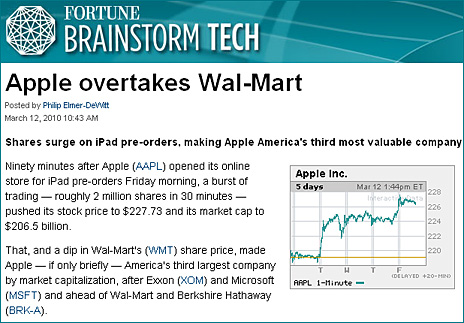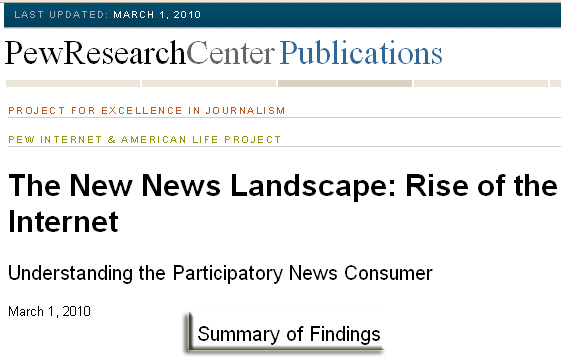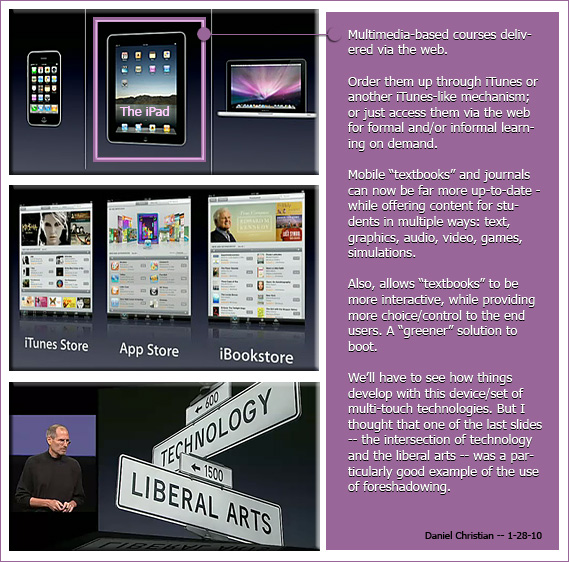
The Digital Journalist’s Handbook is composed of 12 chapters, each covering a different tool in the digital journalist’s arsenal:
THE NEW MEDIA MINDSET
An examination of the current state of journalism and what it means to be a digital journalist.
WRITING FOR THE WEB
• Search Engine Optimization (SEO)
• Headlines
• Linking
• Breaking news
• Comments
• Analytics
• Computer-assisted reporting
BLOGGING
• Getting started
• Blog platforms
• Design
• Other types of blogs
• RSS
• Creating a successful blog
PHOTOGRAPHY
• Choosing a camera
• Composing a photo
• Shooting in the field
• Digital photo editing
AUDIO
• Choosing an audio recorder
• Microphones and accessories
• Recording in the field
• Interviewing
• Ambient sound
• Narration
• Audio editing
• Posting and sharing audio
• Podcasting
AUDIO SLIDESHOWS
• Creating the slideshow
• Soundslides
VIDEO
• Choosing a camera
• Camera accessories
• Composing video
• Recording in the field
• Interviewing
• Video editing
• Posting and sharing video
WEB DESIGN
• Content Management Systems (CMS)
• HTML
• CSS
• Journalism and programming
SOCIAL NETWORKING
• Twitter
• Facebook
• MySpace
• Digg
• StumbleUpon
• YouTube
• Flickr
• Delicious
• Making the most of social networks
DATA VISUALIZATION
• Interactive maps
• Databases
• Creating a visualization
FLASH
• The Flash interface
• The capabilities of Flash
• Publishing Flash files
• The disadvantages of Flash
WHAT NOW?
Advice and lessons on what digital journalists should do with the tools they learn
GLOSSARY
The glossary contains more than 130 definitions of everything from ActionScript to zoom. It includes simple definitions for commonly used terms such as convergence, geotagging, flame war and technologies like Drupal, Creative Commons, and Ruby on Rails.














